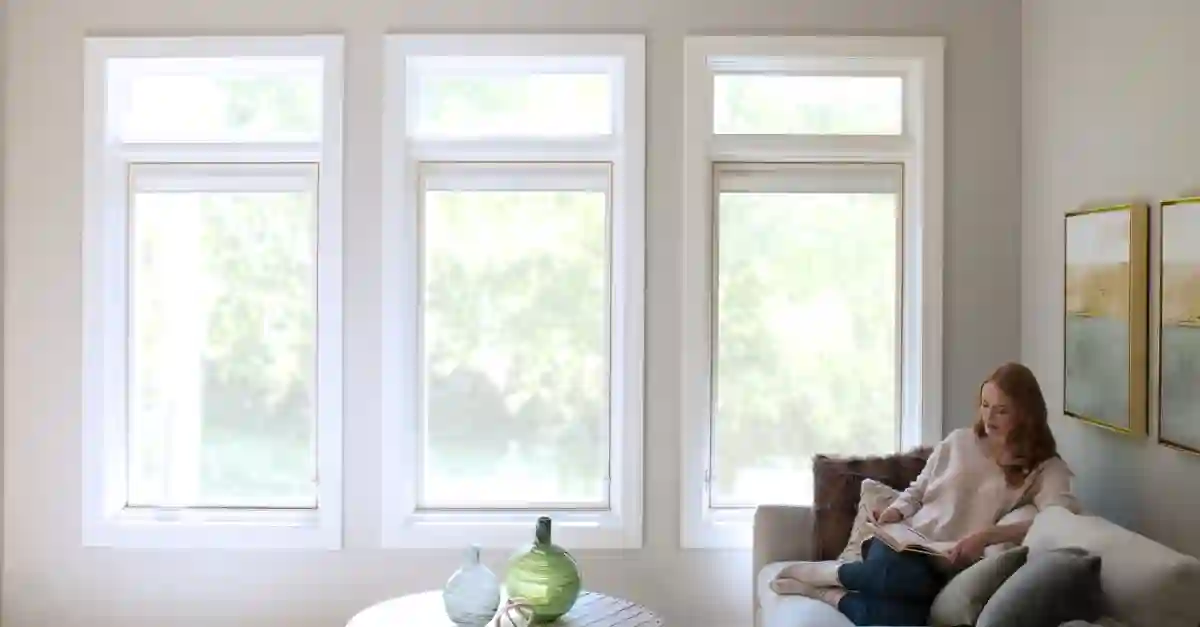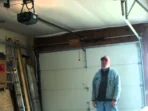Energy-efficient windows and patio doors not only help to maintain a more constant temperature in your home, but they also save your energy costs.
If they have particular additional qualities, they can also aid in preventing your flooring, furniture, and floor coverings from long-term sun damage.
Energy-efficient patio doors, windows, and other glass exterior home features assist to protect you, your house, and the things inside it, making them a smart investment. Buying windows with double or triple panes is advised.
What is glazing, exactly?
The word “glaze” comes from a Germanic source that also means “glass.” A window that has double or triple glazing is made up of two or three successive panes of glass, one on top of the other.
What is energy efficiency, exactly?
The ability of windows and patio doors to insulate a structure from heat and cold is referred to as energy-efficiency.
The interior of the building can be kept more efficiently warm in the winter and cool in the summer with the help of energy-efficient windows and patio doors since they can keep heat and cold out while also keeping it in.
What elements affect a window’s energy effectiveness?
Energy efficiency can be improved in a number of ways. the elements that a professionally qualified technician employed and put into action based on the customer’s decisions.
Based on triple pane windows cost, efficacy, and the precise objectives they want to achieve by having the windows or patio doors created, the customer can choose whichever features they like.
The quantity of windows
As was previously mentioned, the number of glass panes in a window or patio door significantly affects how energy-efficient they are. The effectiveness of simply increasing the number of panes can surprise you.
A window or patio door can improve the insulation of a house or other building by reducing the transfer of heat energy from the interior to the exterior by simply adding more glass.
Spacers
In a double- or triple pane windows, specialized spacers are positioned in between each pair of glass panes. Different materials are used depending on the brand and type of window.
Radius windows, which are rounded in part or in its entirety, are usually used with a foam spacer.
Because of this, cutting the spacer to fit the window as precisely as possible is made simpler. In the window business, spacers in multi-pane windows are usually made of aluminum. In many cases, Milgard uses stainless steel spacers.
They learn that because stainless steel is a poor heat conductor, its insulating properties lead to a superior product.
As was previously said, any material that lessens temperature variations makes for a window or patio door that is more energy-efficient.
No matter what material is used as the primary component of a window spacer, every spacer also includes a desiccant, a substance made specifically to absorb moisture. No moisture will build up inside the window panes thanks to the desiccant and the tightly sealed spacer.
When there are glass panes sandwiched between two temperatures that are noticeably different, condensation is inevitable. Older multi-pane windows with a lot of condensation between the panes are therefore common.
This is not only irritating because the windows cannot be cleaned thoroughly, but it also causes more significant problems, like the growth of mold and mildew inside the glass, which can later spread and possibly pose health dangers.
As a result, for a window or patio door to avoid collecting moisture inside the panes and causing the client various issues, areas that are not only effectively sealed but also equipped with a desiccant are essential.
Window panes
Energy-efficient windows have dense gas filling the area between the glass panes.
The goal of this gas is to reduce the rate of temperature change brought on by the difference in temperature between the interior and outside of the structure. The gas within each window is much denser than air.
The gas in the window is often argon or krypton. Both gases are absolutely harmless, odorless, and colorless.
These gases serve to reduce the process of temperature change brought on by temperature differences, as was previously mentioned.
Dense materials require more time to heat up or cool down because the particles are closer together in gases that are denser than air.
In essence, this increases the weight of a window’s glass panes. Thermal energy can almost entirely travel through a single pane of clear glass, which has little power to control temperature variations.
What makes argon and krypton different from one another?
Both the colorless, odorless, and safe gases argon and krypton are used to fill the spaces between the glass panes in energy-efficient windows.
If the space between the glass panes were solely filled with air, thermal energy would pass through in a matter of seconds due to the low density of air.
However, the passage of heat energy is greatly slowed when argon and krypton gas are used, either jointly or separately, between glass panes.
This is true because krypton is six times denser than argon and six times denser than air. Because of this, krypton is preferred for triple-pane windows whereas argon is preferred for double-pane windows.
Triple-pane windows have glass panes that are closer together than double-pane windows because Krypton is denser and can contain more material in much fewer spaces.
Krypton gas is more expensive because of its high energy efficiency, but the cost is well worth it. Some people might opt for an argon-krypton mixture to strike a compromise between cost and effectiveness.
Low-E coatings for glass
Low-emissivity is referred to as “Low-E.” Many patio doors and energy-efficient windows use Low-E coatings to keep the interior of the building cool.
Low-E coatings are used to lessen the amount of UV and infrared light that enters a structure through glass.
Not only can individuals be harmed by prolonged UV and infrared exposure, but also furnishings and floor coverings.
A low-E coating on your energy-efficient windows not only helps to keep the house cool, but it also shields your possessions from long-term sun damage.
This is because infrared rays cause a chemical reaction in the finish of hardwood floors, and wood is highly sensitive to visible light and ultraviolet rays.
Third surface
A low-E coating known as TCO (transparent conductive oxide) effectively makes a double-pane window as energy-efficient as a triple-pane window.
You could save resources and money by doing this. Nevertheless, having extra glass on hand is always a good idea.
Although it isn’t quite as successful as Milgard’s Quiet Line Series windows, which are specifically designed to inhibit sound transmission, the additional glass and space between glass panes can still help to block some sound transmission. More glass equates to less sound transmission.







